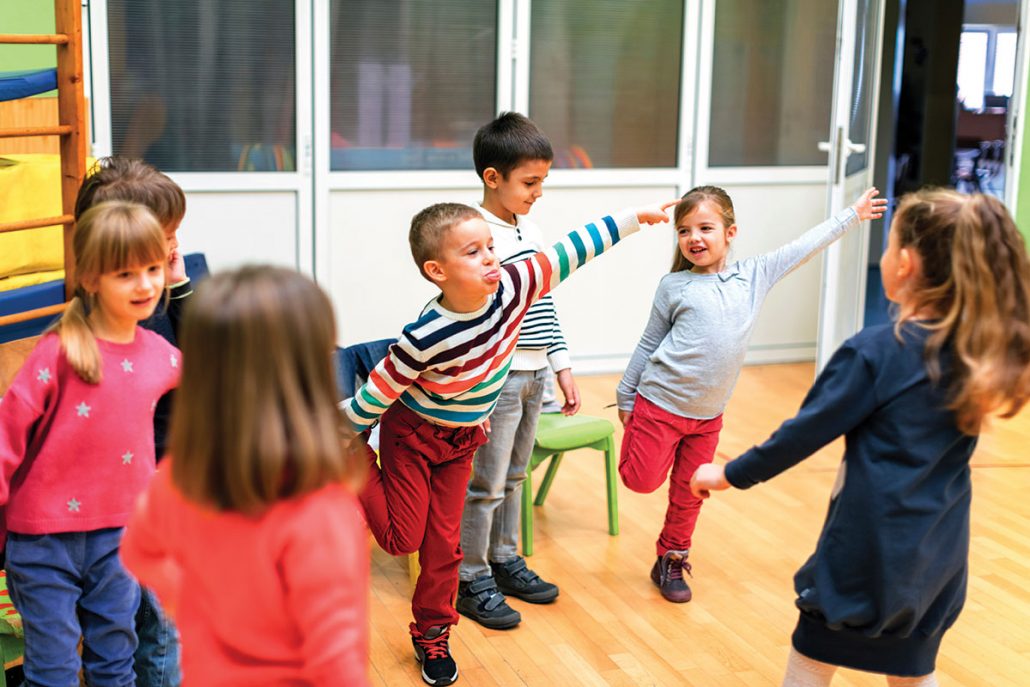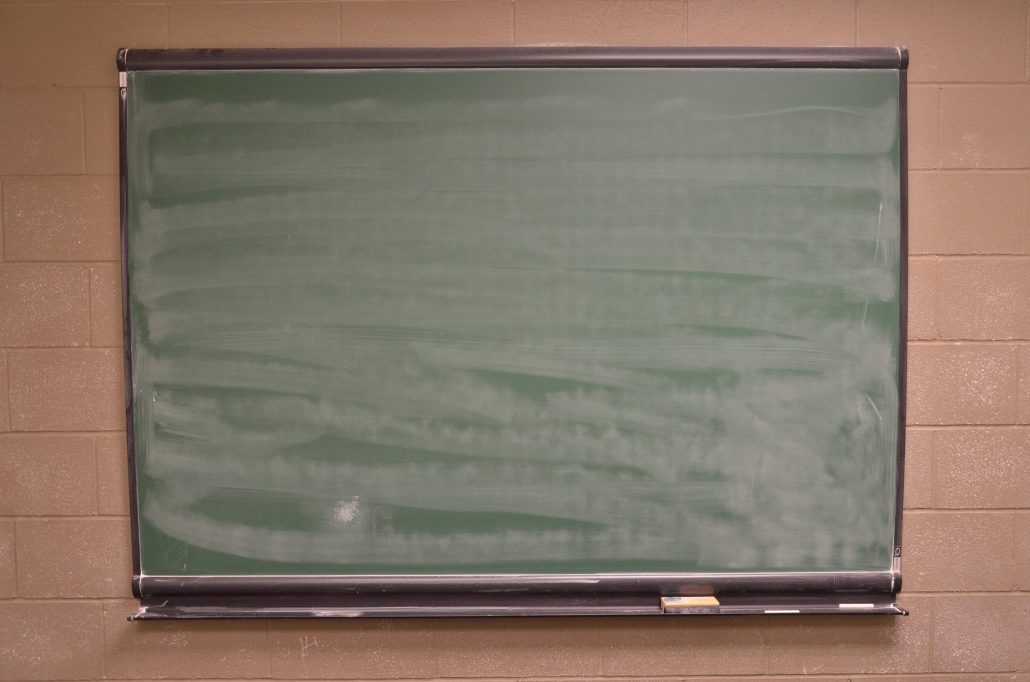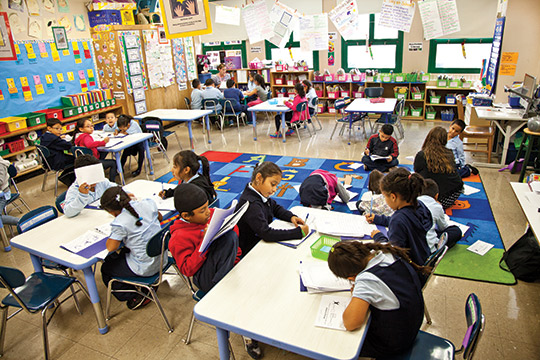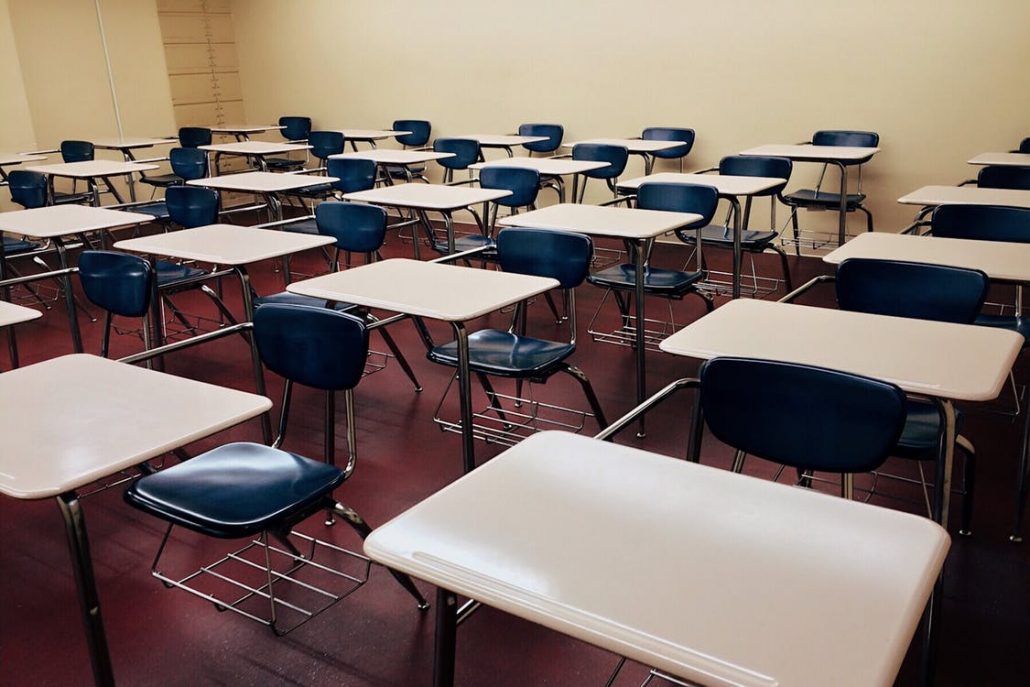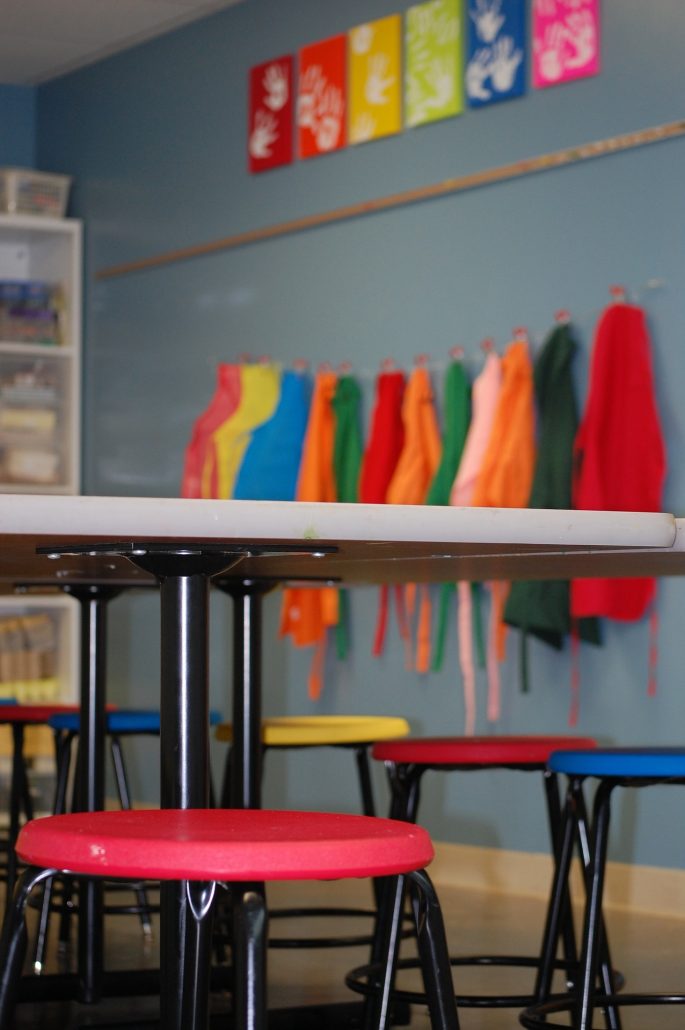Occupational Therapy Strategies to Enhance the Classroom Pt. III
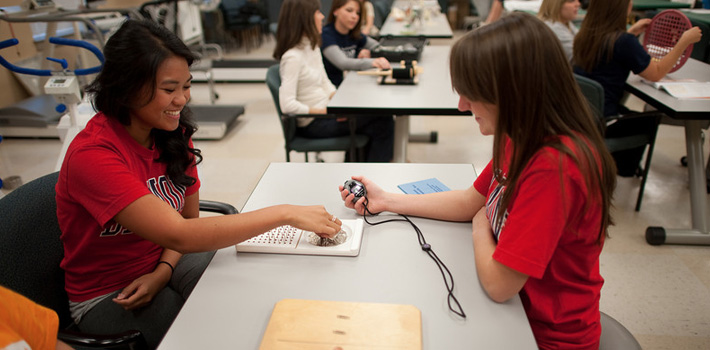
Just as we explored occupational therapy (OT) methods that support fine motor control, balance, and coordination in the previous two posts, this third and final post will focus on OT methods for the classroom that support behavior management and attentiveness. Of course, depending on each student’s individual needs, the supports and strategies will vary. Likewise, a student’s age and developmental abilities will also determine which methods are beneficial and how to include them in the learning environment.
For children that need tactile strategies to promote their attentiveness in the classroom, teachers can employ some of the following activities:
Fidget toys, stress balls, and thinking putty/clay are great options for students that prefer to keep their hands moving while learning. Because of the rhythmic stretching, squeezing, or rolling between fingers or hands, students with attention issues are able to channel the urge to move, tap, or click into the object that they are holding. Just as the occupational therapist would do, however, be sure that students are using the fidget item discreetly, not as a toy or distraction.
When possible, plan to utilize 3D objects as models or manipulatives to introduce math or spelling concepts. For example, for elementary schoolers learning about multiplication via arrays, teachers can use Legos to build the array in place of drawing it or shading it on paper. The process of constructing and deconstructing arrays using Legos allows students to comprehend how 2+2+2+2 = 2 x 4 and what that representation looks like in 3D geometric form.
Using sand, paint, or shaving cream in aluminum baking trays, or “spelling trays,” allows students to practice their letter formation, spacing, and size with an engaging added sensory component. The practice is low risk as well; if a child messes up his letter, he can simply shake the sand or add more shaving cream and begin again.
For children that need movement strategies to promote their attentiveness and positive behavior in the classroom, teachers can employ some of the following activities:
Much like many 504 and IEP accommodations, frequent breaks are certainly beneficial when students become agitated or restless. A way to incorporate this method into the mainstream classroom is to promote brain breaks for all students in the room. Especially for classes that are run on a block schedule, teachers can break the instruction for 2-3 minutes to allow students to pace, jump on a miniature trampoline, stretch with resistance bands, do jumping jacks, toss a bean bag, play Simon Says, or simply stretch to release some pent up energy.
Teachers might consider swapping out their desk chairs for yoga/therapy balls, wiggle seats, bean bag chairs, stools, rocking chairs, wedge seats, or swivel stools. The different range of seating options allow students to bounce, alter positions, or swivel to expel some of their energy. With alternate seating, just be sure to provide clipboards or other surfaces for students to write comfortably.
There are also additional strategies to promote attention and positive behavior:
Much like educators differentiate by providing student choice, occupational therapists also utilize options and choices to promote engagement, attentiveness, and positive participation and behavior. When offering choices of activities, challenges, projects, practices, etc., occupational therapists try to provide at least one option or rotation activity that appeals to the child’s strengths and/or interests. When children have a hand in selecting their activity or assignment, they feel a stronger sense of ownership and independence, which increases effort and motivation.
OT methods also frequently incorporate tech tools to promote development of certain skills or practices. Teachers can provide links to podcasts, educational videos, scholarly articles or websites, and educational games for students to browse and play. The technology not only promotes engagement; the audiovisual component allows students to watch and listen as concepts and skills are modeled for them. They can also work at their own personal pace while using tech tools by pausing, rereading/re-watching, or completing additional practice games.
After a therapy session, many professionals ask children to reflect on and rate their work during the session. Questions can focus on the content, activities, behavior, focus/attention, etc. The key for this OT practice is to encourage students to reflect on the session and discuss areas of strength and areas for improvement. Teachers can plan mini-conferences with students to discuss progress. Stress the fact that genuine ratings and responses are essential for reflection and growth. Not only are students accounting for their successes and missteps, but they are also practicing skills such as summarizing, causes and effects, paraphrasing, memorization, critical thinking, and metacognition.
